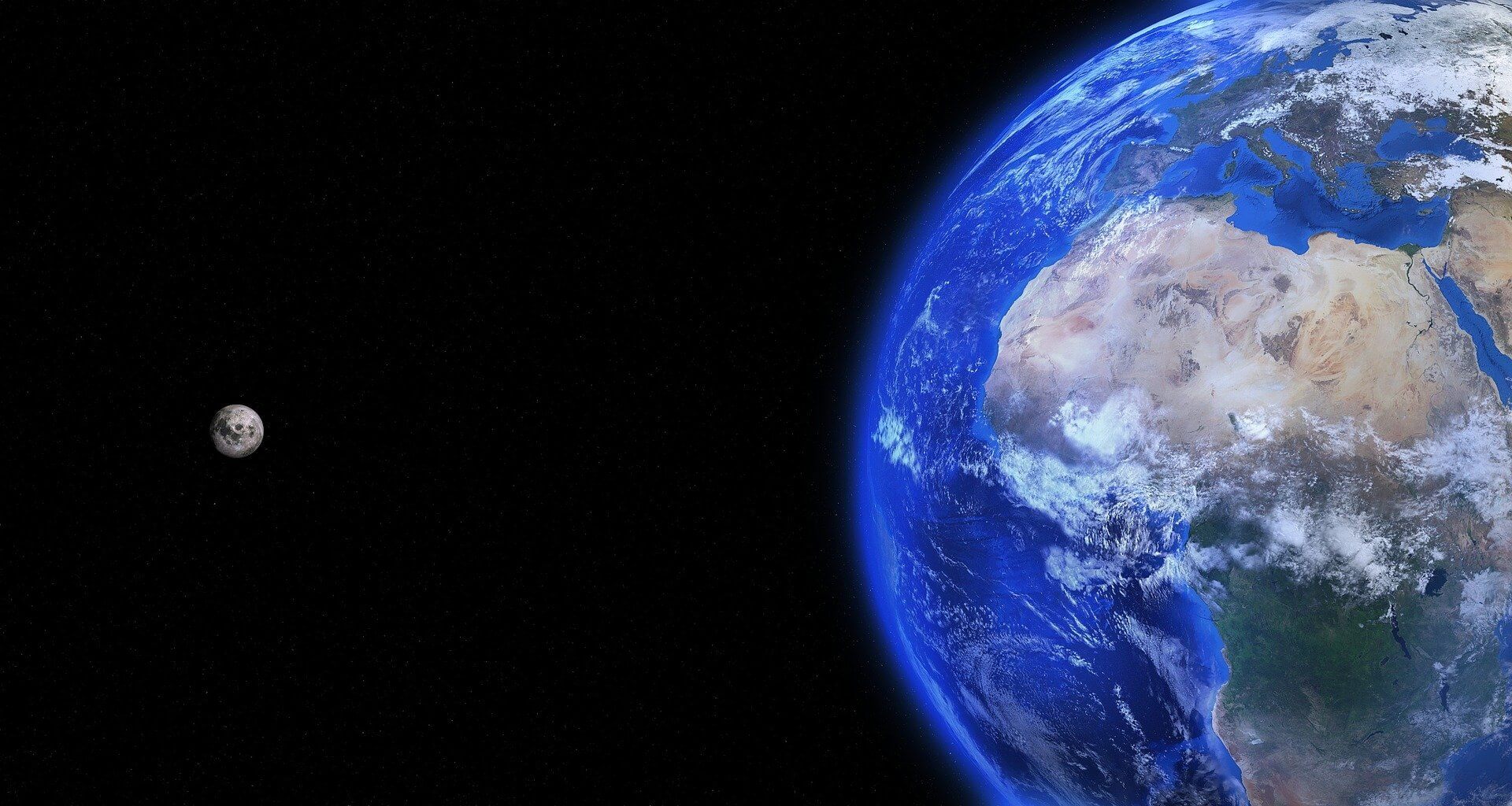Must-See Astronomical Events in November 2020
1. Asteroid 2018 VP1 enters the Earth (0,41% chance)
According to NASA, it approached the minimum distance to Earth on the eve of the presidential election in the United States, on November 2.
The probability that an asteroid would enter the Earth’s atmosphere was only 1 chance in 240, or 0.41%, experts say.
2018 VP1 was opened on November 3, 2018. It belongs to the Apollo group, whose flight paths cross the Earth’s orbit.
2. Moon and Venus close to each other
On November 13, the two brightest stars of the night sky will meet in the morning sky in the constellation Virgo: the Moon (-7.9 m in magnitude at the time of observation) and Venus (-4.0 m).
Venus, the brightest star shining all autumn mornings over the Eastern horizon, will be visible to the right of the moon. The moon will be near the new moon, which will come on November 15,and will be visible as a very narrow Crescent. They will be visible in the pre-dawn sky, appearing above the horizon at half past five in the morning – 3 hours and 14 minutes before sunrise, and rising to a height of 20 degrees above the South-Eastern horizon before melting in the rays of the rising Sun.
3. Leonids Meteor Shower (20+ Meteors/hour)
It will reach its maximum action on the night of November 16-17. It will be possible to observe the meteor shower after midnight and before dawn. This year, up to 15-20 meteors per hour are expected on the night of the peak.
Against the dark night sky, the meteor shower will be especially visible, definitely making it worth the trip to your backyard. If skies are clear, you can see up to 15 meteors an hour on the night of the 16th and morning of the 17th.
The Leonids meteor shower is named after the constellation Leo, where its radiant is located. The speed of meteors reaches 71 km / sec.
It is noted that the most powerful meteor shower was observed by the inhabitants of the Earth 54 years ago-on November 17, 1966. There were up to 10,000 meteors per hour in the sky that night.
4. Lunar Eclipse (Visible from Asia and America)
The fourth penumbral Eclipse of 2020 will occur on November 30. Almost the entire Moon will set only in the penumbra of the Earth and therefore will not acquire a reddish hue.
A lunar Eclipse can be observed during the period when our planet passes along the same line between the Sun and the Moon. When the moon enters the cone of the Earth’s shadow, you can observe a total Eclipse. When the lunar disk enters the penumbra of the Earth, such an Eclipse is called a penumbra.


